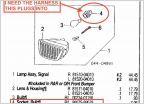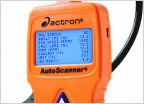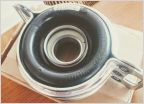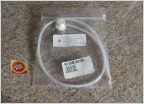-
Welcome to Tacoma World!
You are currently viewing as a guest! To get full-access, you need to register for a FREE account.
As a registered member, you’ll be able to:- Participate in all Tacoma discussion topics
- Communicate privately with other Tacoma owners from around the world
- Post your own photos in our Members Gallery
- Access all special features of the site
Yet another heated seat post! (With a twist?)
Discussion in '1st Gen. Tacomas (1995-2004)' started by crazylike, Feb 12, 2021.
Page 1 of 2
Page 1 of 2


 Seeking part number for gen1 turn signal harness
Seeking part number for gen1 turn signal harness OBDII Scanner from Autozone. Good value?
OBDII Scanner from Autozone. Good value? Drive line Backlash is killing me
Drive line Backlash is killing me 1st gen 1997 tacoma lug nuts
1st gen 1997 tacoma lug nuts As of this date, does Toyota have a good rust proofing system for their vehicles?
As of this date, does Toyota have a good rust proofing system for their vehicles?









































































